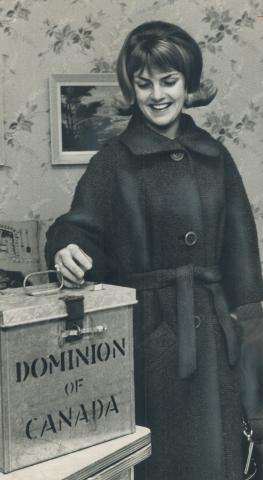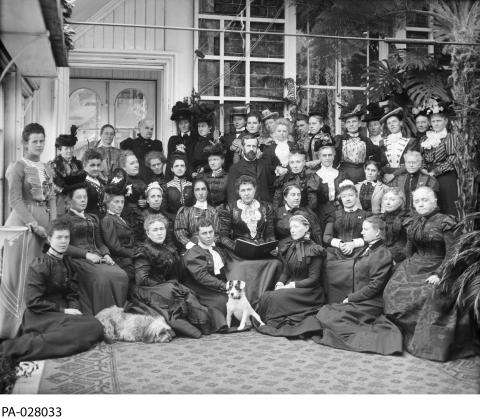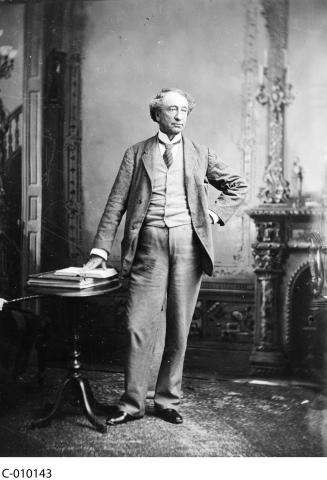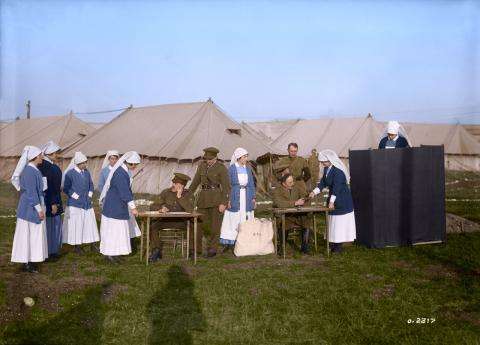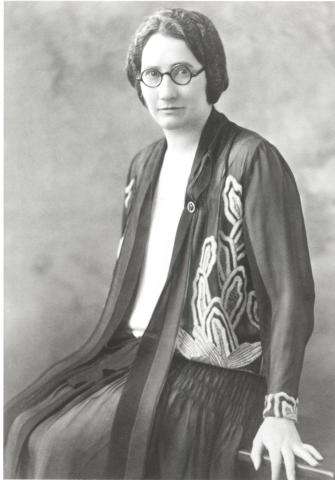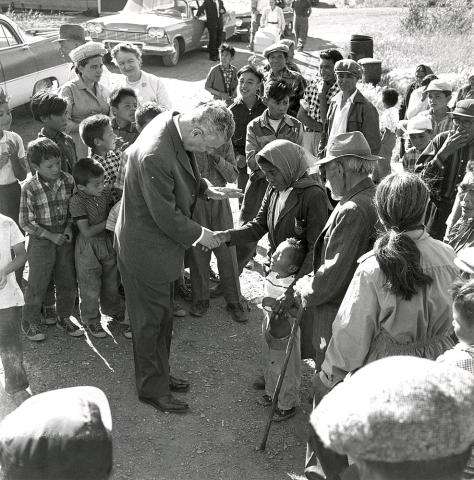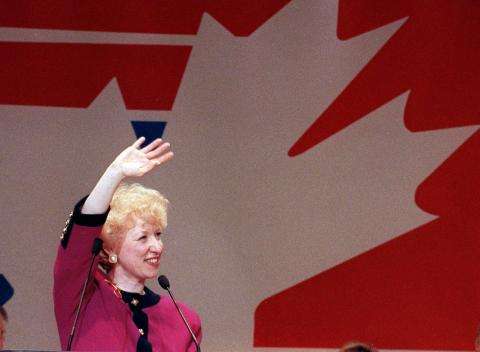Context card
| Context card | In 1867, at Confederation, only men could vote in provincial and federal elections. In the decades that followed, women formed groups to promote equality and to fight for the right to vote. Their actions included lobbying governments, marching and presenting petitions. At the time, voters lists for both provincial and federal elections were created by the provinces. Because of this, women’s groups focused their efforts on getting the right to vote at the provincial level. The first successes came in 1916, when Manitoba, Saskatchewan and Alberta gave women the vote. Two years later, in 1918, the federal election law changed to give women the same voting rights as men. This did not mean that all women could vote in federal elections. Some women continued to be barred from voting for reasons other than their gender. For example, women as well as men could be excluded based on their racial background. It was not until decades later that all Canadian citizens obtained the right to vote in federal elections. |
|---|
Activity cards
| 1867 | At Confederation, only men who are 21 or older and who own property are able to vote. Women are disqualified from voting both federally and provincially. |
|---|
| 1876 | The National Council of Women is formed to fight for women’s right to vote. Similar groups spring up across Canada. |
|---|
| 1885 | Prime Minister John A. Macdonald proposes granting federal voting rights to widows or single women who own property. The proposal is withdrawn due to opposition in Parliament. Voting rights for women do not change. |
|---|
| 1916 | Manitoba is the first province in Canada to grant women the same voting rights as men. Some women are still barred from voting for reasons other than their gender. It took decades of political action for Manitoba women to achieve this success. Over 40,000 people signed the final petition for women’s voting rights. |
|---|
| 1917 | During the First World War, some women are allowed to vote in federal elections. They can vote if they are serving in the war effort or are relatives of military men. Here, Canadian military nurses cast their ballots while serving in France. |
|---|
| 1918 | Canadian women win the right to vote in federal elections under the same conditions as men. A year later, they also win the right to run as a candidate for the House of Commons. Agnes Macphail is the first woman elected to Parliament, in 1921. |
|---|
| 1940 | Quebec removes the gender restrictions on voting in provincial elections. It is the last province to do so, after opposing the idea for decades. It took the efforts of activists like Thérèse Casgrain to create this change. |
|---|
| 1960 | All First Nations people, women and men, are given the right to vote in federal elections without any conditions. Before this, they could vote only if they gave up their Treaty rights and status. Here, Prime Minister John Diefenbaker greets a First Nations woman and child in Yellowknife. |
|---|
| 1993 | Kim Campbell becomes the first—and so far only—female prime minister of Canada. She takes over the position when the previous prime minister resigns. |
|---|

